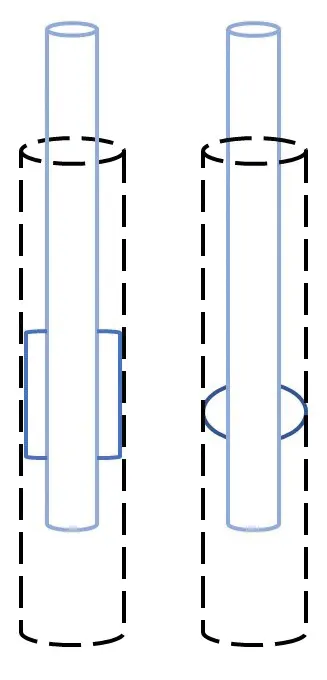Excessive Endotracheal Tube Cuff Pressure
Tamara Grubb, DVM, PhD, DACVAA, Washington State University
In the Literature
Bird AR, Bird DJ, McMillan MW. Aspects of in vivo endotracheal tube intracuff pressure in cats. Vet Anaesth Analg. 2019;46(1):55-63.
The Research …
Endotracheal intubation has been identified as a risk factor for anesthesia-related morbidity and mortality in cats.1,2 A contributing factor is overinflation of the endotracheal tube cuff (ETTC), as this puts excessive pressure on tracheal mucosa and can cause pain; mucosal ischemia, ulceration, and tearing; and tracheal stricture, which often results in death. Although seemingly uncommon, these events may occur more often than realized, as anesthetic adverse events are rarely self-reported in veterinary medicine. Airway compromise is a likely cause of sudden death during recovery from anesthesia; in a large mortality study, most of the cats died in the recovery phase of anesthesia, primarily of unknown causes.1 Regardless of frequency, tracheal damage can be a severe adverse effect and should be prevented.
In the present study, 2 methods commonly used to assess appropriate ETTC pressure (ie, palpation of pilot balloon tension, listening for a leak while delivering a self-defined “normal” breath) were evaluated by measuring ETTC pressure after inflation.3 With both techniques, ETTC pressure was significantly and often dangerously higher (range, 36-66 cm H2O) than the pressure generally considered to be safe in cats (ie, 20 cm H2O). In addition, ETTC pressure differed between 2 brands of tubes, each with a cuff of different shape and pilot balloon of different size. Because the techniques used to assess ETTC pressure and the use of different brands of endotracheal tubes in a practice are common in veterinary medicine, overinflation of ETTCs is likely a common occurrence. Conversely, underinflation of ETTCs can also be problematic, as it allows for aspiration of foreign material (eg, regurgitated GI fluid).
In human medicine, special manometers that directly measure ETTC pressure are commonly used.4 A number of products are available, reusable, and relatively inexpensive. Based on the data reported in this and similar studies,4-6 adoption of means to directly measure ETTC pressure should be strongly considered in veterinary medicine, particularly for cats.

In this diagram, the trachea is denoted by dotted lines and the endotracheal tube and ETTC by solid lines. The high-volume, low-pressure cuff (left) exerts minimum pressure on the tracheal mucosa, whereas the high-pressure, low-volume cuff (right) can cause excessive pressure on the tracheal mucosa.
… The Takeaways
Key pearls to put into practice:
All patients, particularly cats, should be carefully intubated using high-volume, low-pressure cuffed tubes, which are less likely to create excess pressure (Figure).
Patients should be disconnected from the breathing system when being moved or having their position changed (eg, during dentistry), as tracheal damage can occur when the breathing system forces the endotracheal tube to twist inside the trachea.
Although likely the most commonly used technique, palpation of pilot balloon tension is the least accurate method to assess ETTC pressure. In a human study, this method led to the highest pressures and most postoperative cases of sore throat,4 which likely occurs in veterinary patients as well.
Using the breathing system monitor to pressurize the breathing system while listening for a leak around the ETTC is more consistent than delivering a breath with no pressure guidance. The AAFP recommends inflating the cuff using air in 0.5-mL increments from a 3-mL syringe until no leak can be heard when the rebreathing bag is squeezed and the pressure in the breathing circuit is 16 to 18 cm H2O.5 For nonrebreathing systems, use of a Bain or mounting block allows inclusion of a manometer.
The purchase of equipment specially designed to assess ETTC pressure should be considered.